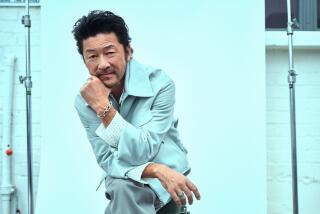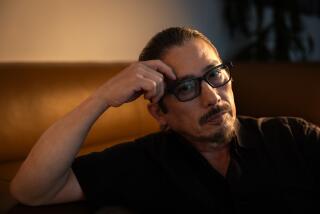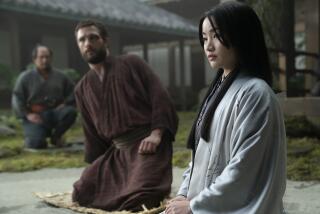DEFENDING THE ‘RONIN’
- Share via
I am concerned about the statement by Daniel Burstein in his book “Yen” (reviewed by Douglas Frantz, Book Review, Nov. 20) that in the Kabuki play “Chushingura” “Lord Asano plotted the murder of another nobleman, Lord Kira.” I believe this is erroneous, distorts a key point in the story and may be offensive to many Japanese.
I have some knowledge of the “Chushingura” and the several movie versions that followed as a result of serving during the occupation of Japan as a censor of Japanese films and theatricals in General MacArthur’s Civil Censorship detachment. I have also written a novel, “The Forty-Seven Ronin Story,” dealing with this incident and published by the Charles Tuttle Co.
The generally accepted story differs from Burstein’s version in that Lord Asano, visiting the Shogun’s court, was intentionally humiliated by Lord Kira, the court master of ceremonies, who was chagrined at not receiving bribe money from Lord Asano for Kira’s instructions on court procedure. Lord Asano drew his sword in the palace, contrary to strict regulations, struck Kira once, and was held back from doing more damage by fellow lords.
It is true that Lord Asano was sentenced to die by his own hand and that his loyal 47 followers took revenge on Kira two years later. It is the why of this vendetta that I am attempting to clarify that led to the sentence to death of the followers by their own hands-- an honorable death.
(Incidentally, performances of the Kabuki play “Chushingura” were permitted by the Civil Censorship Detachment in November, 1947, before the end of the occupation.
JOHN ALLYN
Radio-TV-Film Department
California State University
Northridge
More to Read
Sign up for our Book Club newsletter
Get the latest news, events and more from the Los Angeles Times Book Club, and help us get L.A. reading and talking.
You may occasionally receive promotional content from the Los Angeles Times.










